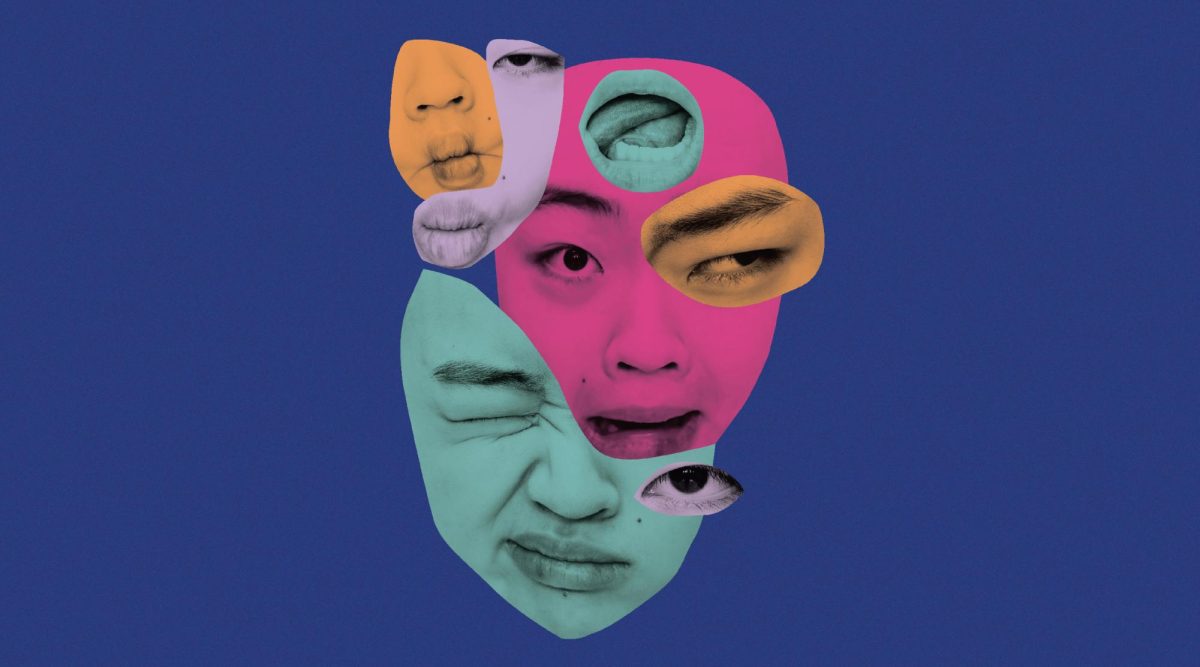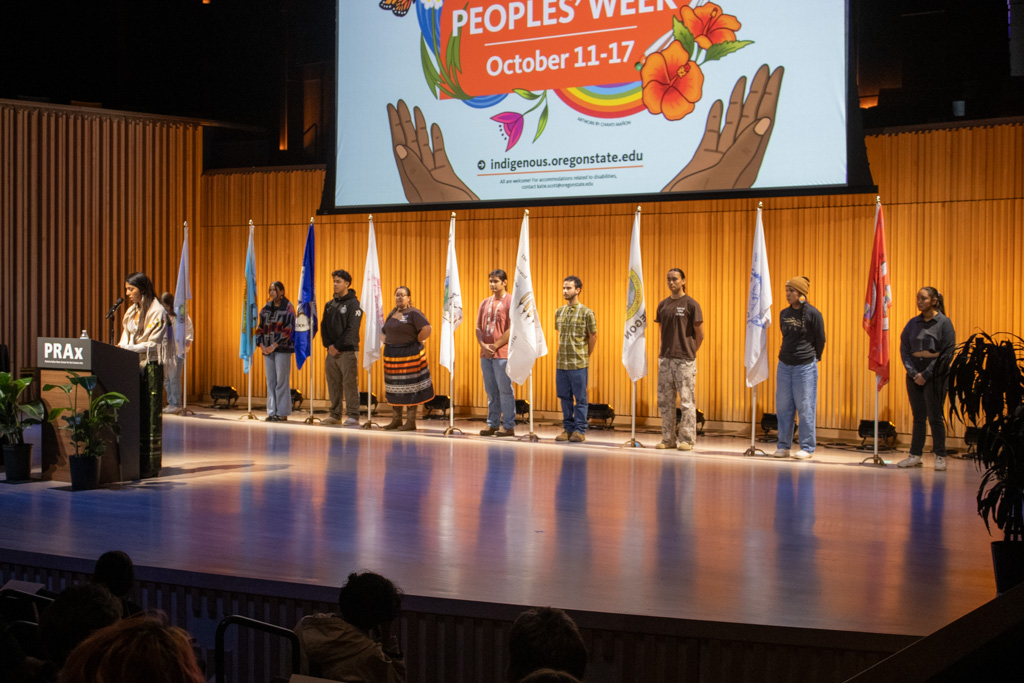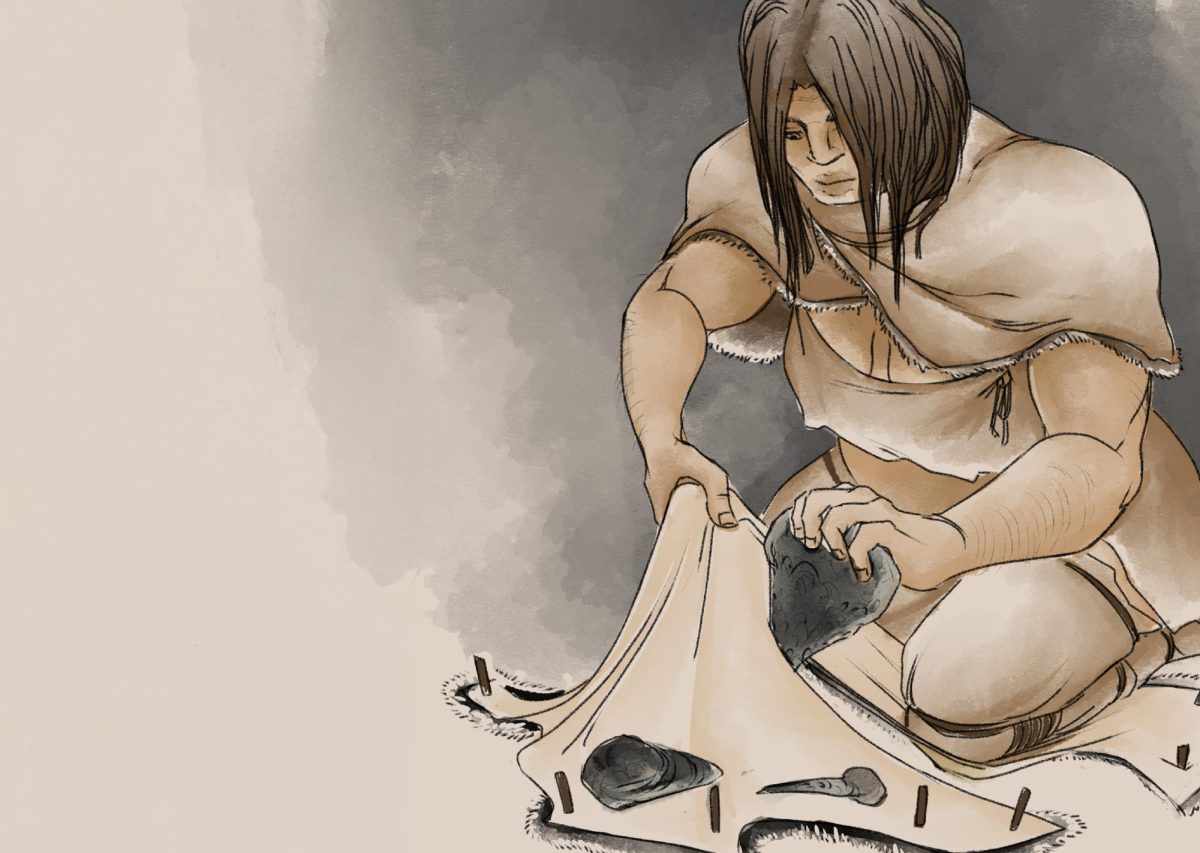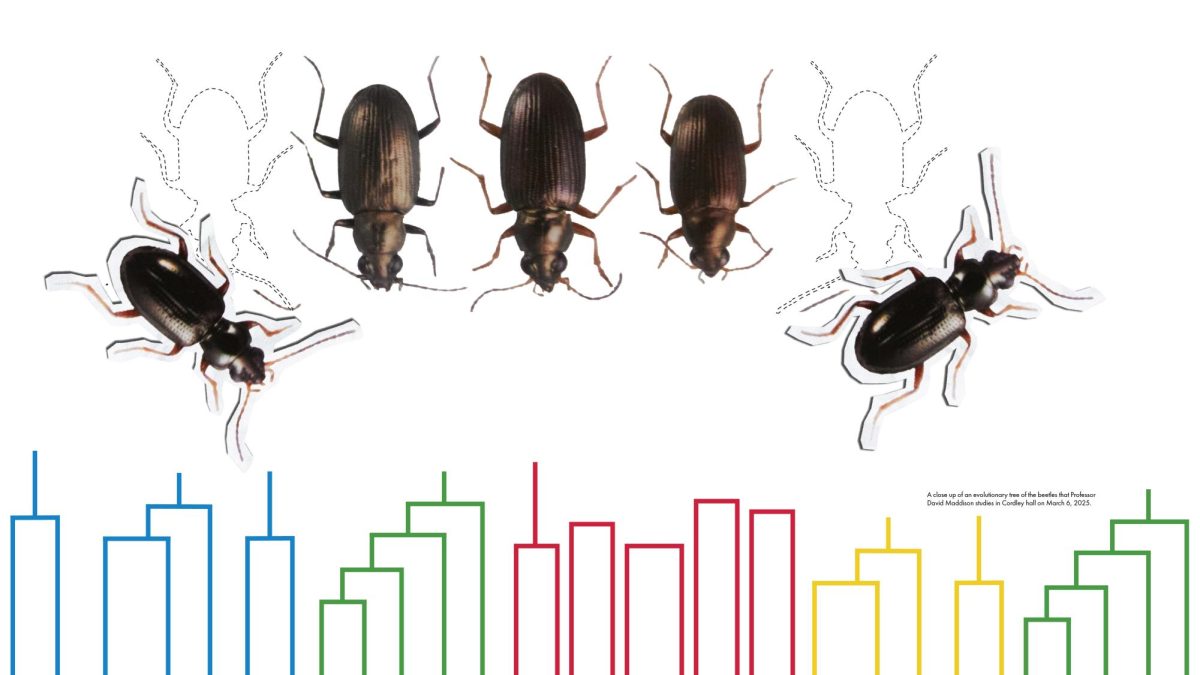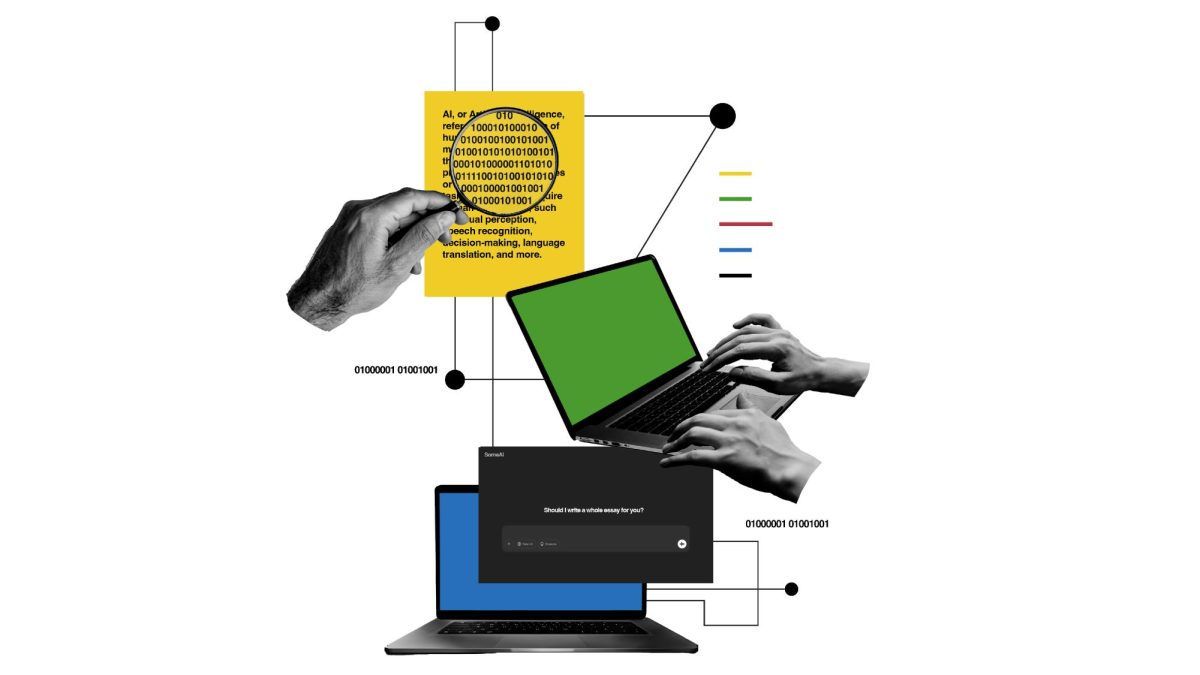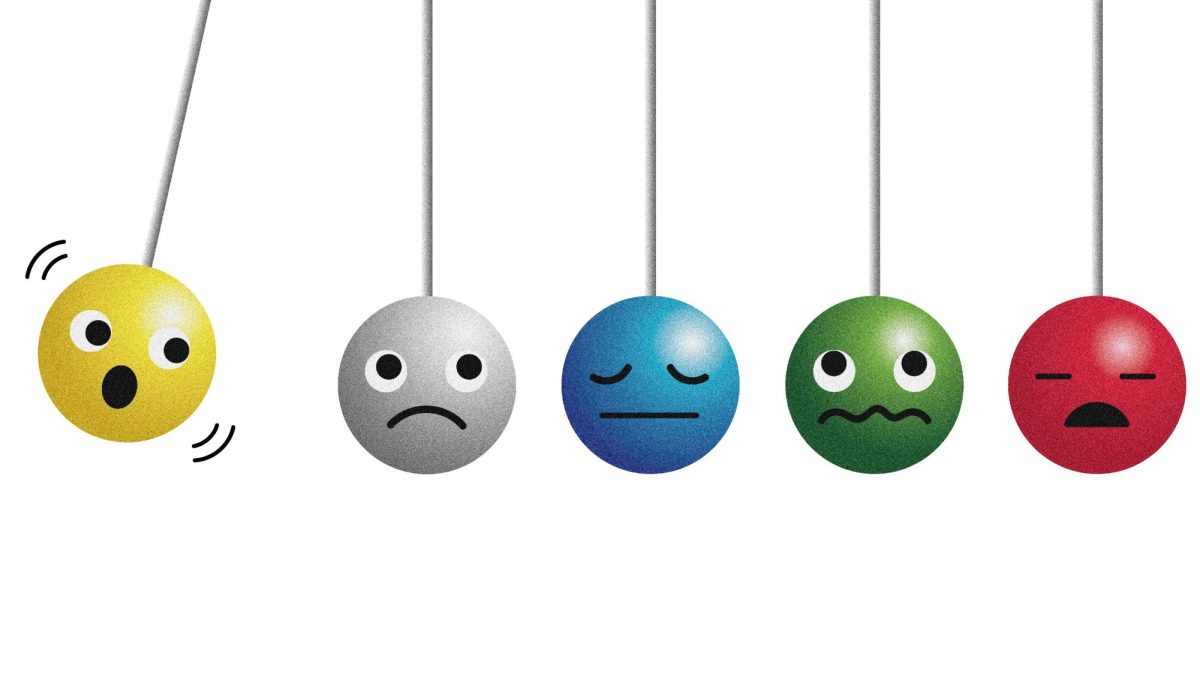What a narcissist.
Different types of personality disorders often get thrown around in casual conversations, but they are a category within mental health that gets discussed less frequently than other disorders, like depression and anxiety.
According to the “Diagnostic and Statistical Manual of Mental Disorders,” commonly referred to as the “DSM-5,” a personality disorder can be a set of inner experiences and behaviors that might deviate from the individual’s culture. Symptoms of personality disorders can manifest in adolescence or early adulthood and may lead to disruption in a person’s life.
According to Matteo Bugatti, an assistant professor of psychology at Oregon State University, the most common personality disorders tend to be borderline personality disorder and obsessive-compulsive personality disorder.
Bugatti also explained that research has not shown any significant shift in most common personality disorders, especially among Generation Z. Furthermore, comorbidity, the presence of two or more medical or mental conditions simultaneously, is often observed in individuals diagnosed with a personality disorder.
“Many times people with personality disorders seek help for other mental health challenges that they are experiencing, such as depression, anxiety, or substance disorder,” Bugatti said in an email.
But even with the best treatments, having a personality disorder can feel isolating for some. Accurate media representation can help individuals to feel validated and less alone.
Dan Faltesek, associate professor in the OSU School of Communication, said accurate media representation helps individuals to “identify with others and see they are not alone.”
Misconceptions can make personality disorders seem worse than they are, potentially leading to fear and confusion from the wider public, and possibly lessening the amount of representation by the media.
“People try to clear up misconceptions, but they end up spreading misconceptions,” Faltsek said.
However, this is not the only way the media fails to properly represent and de-stigmatize personality disorders. Social media, for example, is a space with less regulations to check the accuracy of information.
According to Faltesek, traditional media, such as movies and books, will do better at consulting professionals and specialists when writing representations.
Social media, on the other hand, has a lot of what Faltesek calls “wannabees” — people that lie about having personality disorders in order to gain views, and ultimately harming others’ views of what a personality disorder actually is.
“There is a lot of good that comes out of having media representing personality disorders: It helps people understand what they are experiencing, helps people put a name to symptoms and get a proper diagnosis and care plan, and helps change the stigma around personality disorders,” Faltesek said.
Faltesek added that changes in representation can also result in social and political action resulting in better care and treatment options for individuals.
Bugatti explained that there are specific psychotherapy options designed to treat certain personality disorders.
Faltesek and Bugatti both spoke about the dangers of misconceptions about personality disorders, encouraging individuals, in addition to the media, to educate themselves and develop an informed perspective on mental health as a whole.

